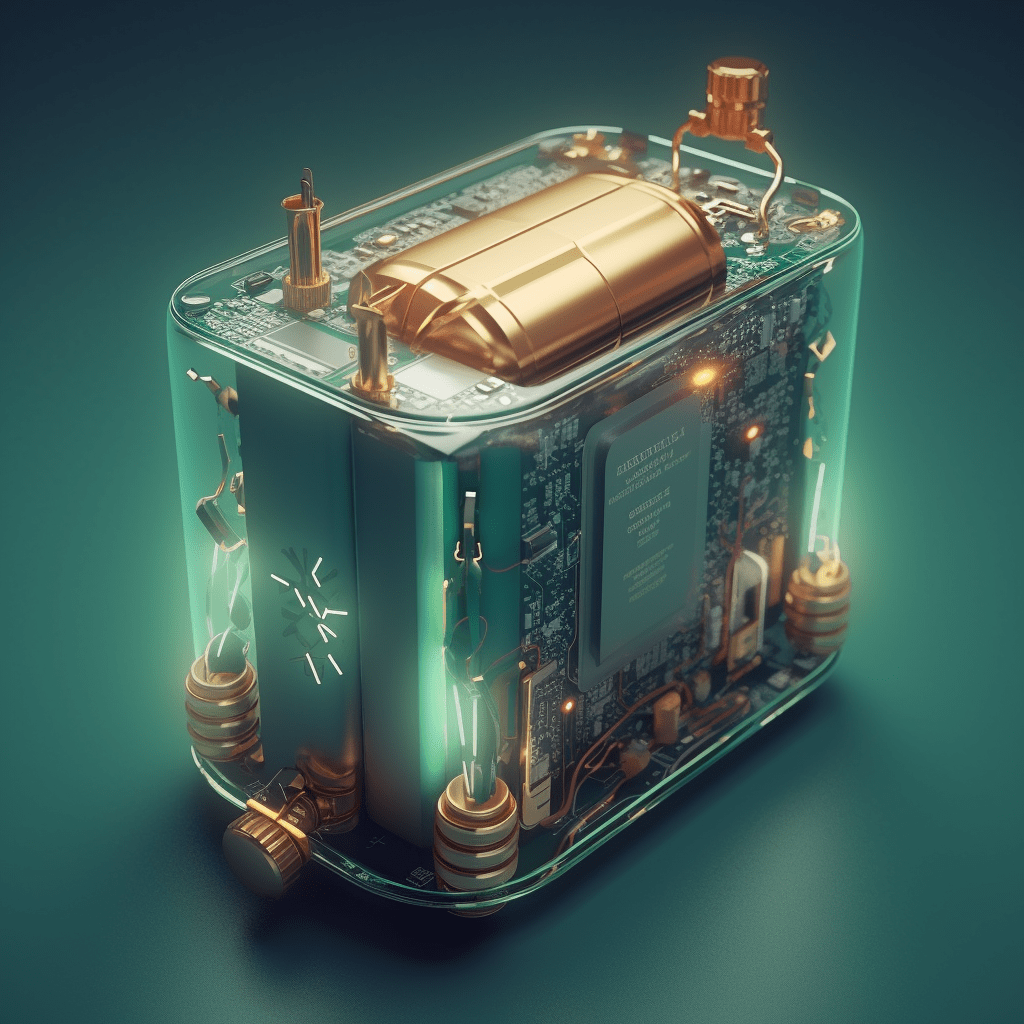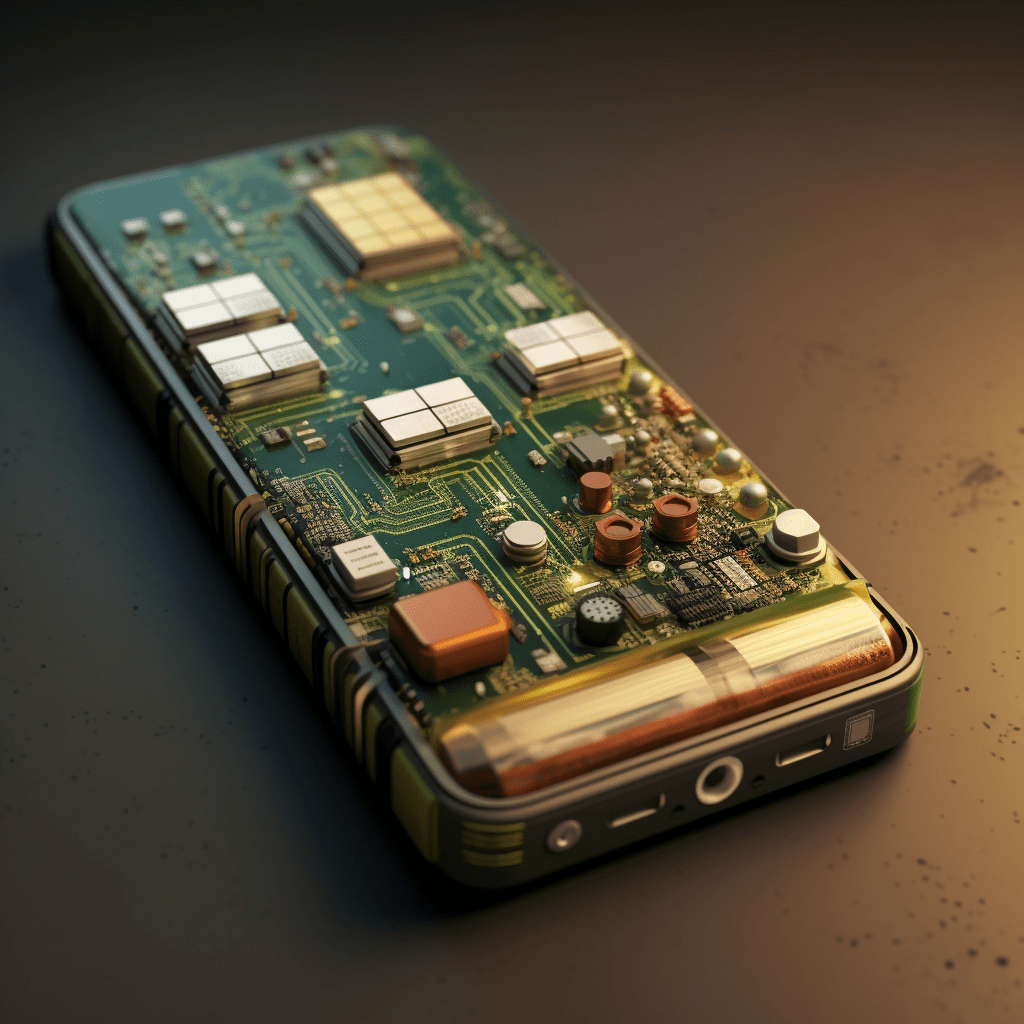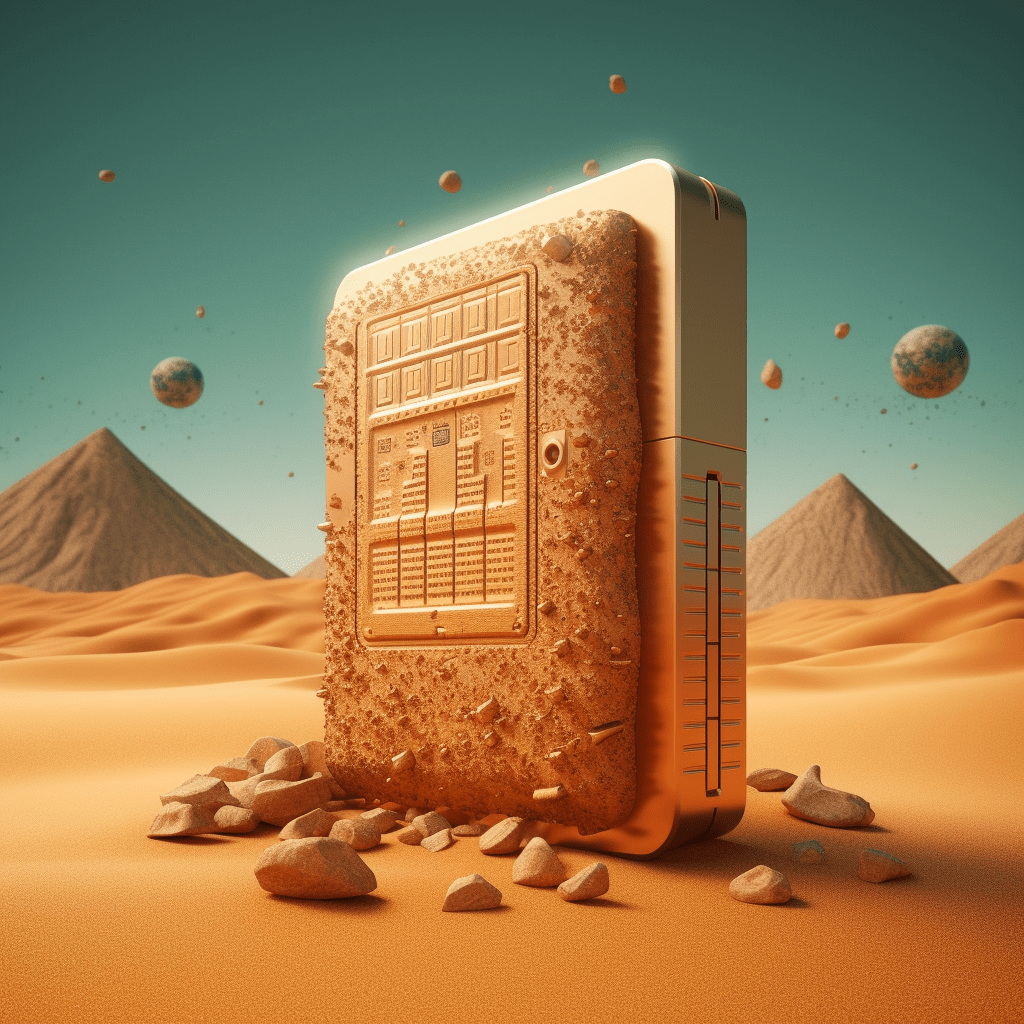
In the contemporary age of digital technology, our lives are fueled by portable devices - smartphones, laptops, and electric vehicles - all powered by batteries. Of these, lithium-ion batteries are the most prevalent. The surge in their popularity is a consequence of their high energy density, long cycle life, and falling costs, owing to advances in manufacturing.
However, the lithium-ion technology is not without its drawbacks. Issues such as environmental concerns over lithium mining, performance limitations, safety risks associated with flammability, and the constraints imposed by the limited availability of lithium resources are compelling reasons to explore alternatives.
This comprehensive guide delves into seven such lithium-ion battery alternatives that show promise. These include Sodium-Ion Batteries, Nickel-Metal Hydride Batteries, Zinc-Air Batteries, Alkaline Batteries, Flow Batteries, Solid-State Batteries, and Nickel-Cadmium Batteries. In the following sections, we shall assess each technology on its structure, performance, pros and cons, and potential applications.
This is an in-depth exploration of the ongoing quest for sustainable, safe, and high-performance energy storage solutions, an underpinning force of our modern society. Each section will elucidate the specifics of the respective battery technology and supplement these insights with comparison tables to offer a clear picture of how they stack against lithium-ion batteries.
1. Sodium-Ion Batteries
Sodium-ion batteries work similarly to lithium-ion batteries, using the same intercalation principle where charging and discharging occur via the insertion/extraction of sodium ions from a material. One significant advantage of sodium-ion batteries is the abundance of sodium, which makes these batteries a cheaper and more environmentally friendly alternative.
Table 1: Comparison between Lithium-Ion and Sodium-Ion Batteries
| Lithium-Ion Batteries | Sodium-Ion Batteries | |
|---|---|---|
| Energy Density | High | Moderate |
| Cost | High | Low |
| Availability | Limited | Abundant |
| Safety | Moderate | High |
Despite these advantages, sodium-ion batteries have lower energy density due to sodium's larger ionic size, resulting in a larger cell volume. However, ongoing research aims to improve this aspect to make sodium-ion batteries a viable competitor in the energy storage market.

2. Nickel-Metal Hydride Batteries
Nickel-Metal Hydride (NiMH) batteries are a tried and true technology. Used extensively in hybrid vehicles, these batteries provide a high energy density and long cycle life. They are also relatively safe and are less likely to leak or explode compared to lithium-ion batteries.
Table 2: Comparison between Lithium-Ion and NiMH Batteries
| Lithium-Ion Batteries | NiMH Batteries | |
|---|---|---|
| Energy Density | High | High |
| Cost | High | Moderate |
| Availability | Limited | Moderate |
| Safety | Moderate | High |
However, NiMH batteries suffer from a high self-discharge rate and require more maintenance than lithium-ion batteries. But with proper handling and care, NiMH batteries can offer a reliable alternative to lithium-ion batteries.
3. Zinc-Air Batteries
Zinc-air batteries use zinc metal as the anode and oxygen from the air as the cathode, making them cost-effective and environmentally friendly. They are particularly notable for their high energy densities, which surpass even those of lithium-ion batteries.
Table 3: Comparison between Lithium-Ion and Zinc-Air Batteries
| Lithium-Ion Batteries | Zinc-Air Batteries | |
|---|---|---|
| Energy Density | High | Very High |
| Cost | High | Low |
| Availability | Limited | High |
| Safety | Moderate | High |
Despite these benefits, zinc-air batteries are not without drawbacks. Their reliance on air means they can be affected by changes in humidity and air quality. Also, historically, they have been challenging to recharge, often being used as disposable batteries.
4. Alkaline Batteries
Alkaline batteries are among the most commonly used batteries worldwide. They use a zinc anode and a manganese dioxide cathode, offering decent performance for small appliances at a very low cost. They are a safe and reliable alternative to lithium-ion batteries for low-power devices.
Table 4: Comparison between Lithium-Ion and Alkaline Batteries
| Lithium-Ion Batteries | Alkaline Batteries | |
|---|---|---|
| Energy Density | High | Low |
| Cost | High | Low |
| Availability | Limited | High |
| Safety | Moderate | High |
However, their energy density and charge cycle life are much lower than those of lithium-ion batteries, making them unsuitable for high-demand applications. Alkaline batteries are best suited for devices with low power requirements.

5. Flow Batteries
Flow batteries store energy in liquid electrolytes that are kept in external tanks, offering the unique advantage of scalability. The capacity of a flow battery can be increased simply by using larger electrolyte tanks. They also exhibit long cycle lives and are safer than lithium-ion batteries due to their lower risk of overheating.
Table 5: Comparison between Lithium-Ion and Flow Batteries
| Lithium-Ion Batteries | Flow Batteries | |
|---|---|---|
| Energy Density | High | Moderate |
| Cost | High | High |
| Availability | Limited | Moderate |
| Safety | Moderate | High |
6. Solid-State Batteries
Solid-state batteries differ from most other types on this list by using a solid electrolyte instead of a liquid one. This change in structure offers numerous advantages, including a higher energy density and improved safety since they eliminate the risk of leaks.
Table 6: Comparison between Lithium-Ion and Solid-State Batteries
| Lithium-Ion Batteries | Solid-State Batteries | |
|---|---|---|
| Energy Density | High | Very High |
| Cost | High | High |
| Availability | Limited | Limited |
| Safety | Moderate | High |
While promising, solid-state batteries are still under development and are not yet commercially available. Their current limitations include high costs and difficulties in large-scale manufacturing. However, they hold significant promise for the future.
7. Nickel-Cadmium Batteries
Nickel-Cadmium (NiCd) batteries are known for their robustness and longevity. They are extremely durable, can withstand harsh conditions, and have a high cycle life.
Table 7: Comparison between Lithium-Ion and NiCd Batteries
| Lithium-Ion Batteries | NiCd Batteries | |
|---|---|---|
| Energy Density | High | Moderate |
| Cost | High | Moderate |
| Availability | Limited | Moderate |
| Safety | Moderate | High |
NiCd batteries, however, are heavier and have lower energy densities than lithium-ion batteries. They also suffer from the "memory effect", which can reduce their capacity if they are not discharged fully before recharging. It's also worth noting that cadmium is a toxic element, and these batteries must be disposed of properly to prevent environmental harm.

Introduction
In our digitally driven era, energy storage is a critical factor. Lithium-ion batteries currently dominate the scene, powering everything from mobile devices to electric cars. However, this technology isn't perfect; issues like environmental impact, finite lithium resources, performance limitations, and safety risks have opened the door to exploring viable alternatives. This comprehensive examination will take you through seven promising contenders: Sodium-Ion Batteries, Nickel-Metal Hydride Batteries, Zinc-Air Batteries, Alkaline Batteries, Flow Batteries, Solid-State Batteries, and Nickel-Cadmium Batteries. We will unpack each battery type, delving into their structure, performance, benefits, and limitations, giving you a rounded view of the future of energy storage.








